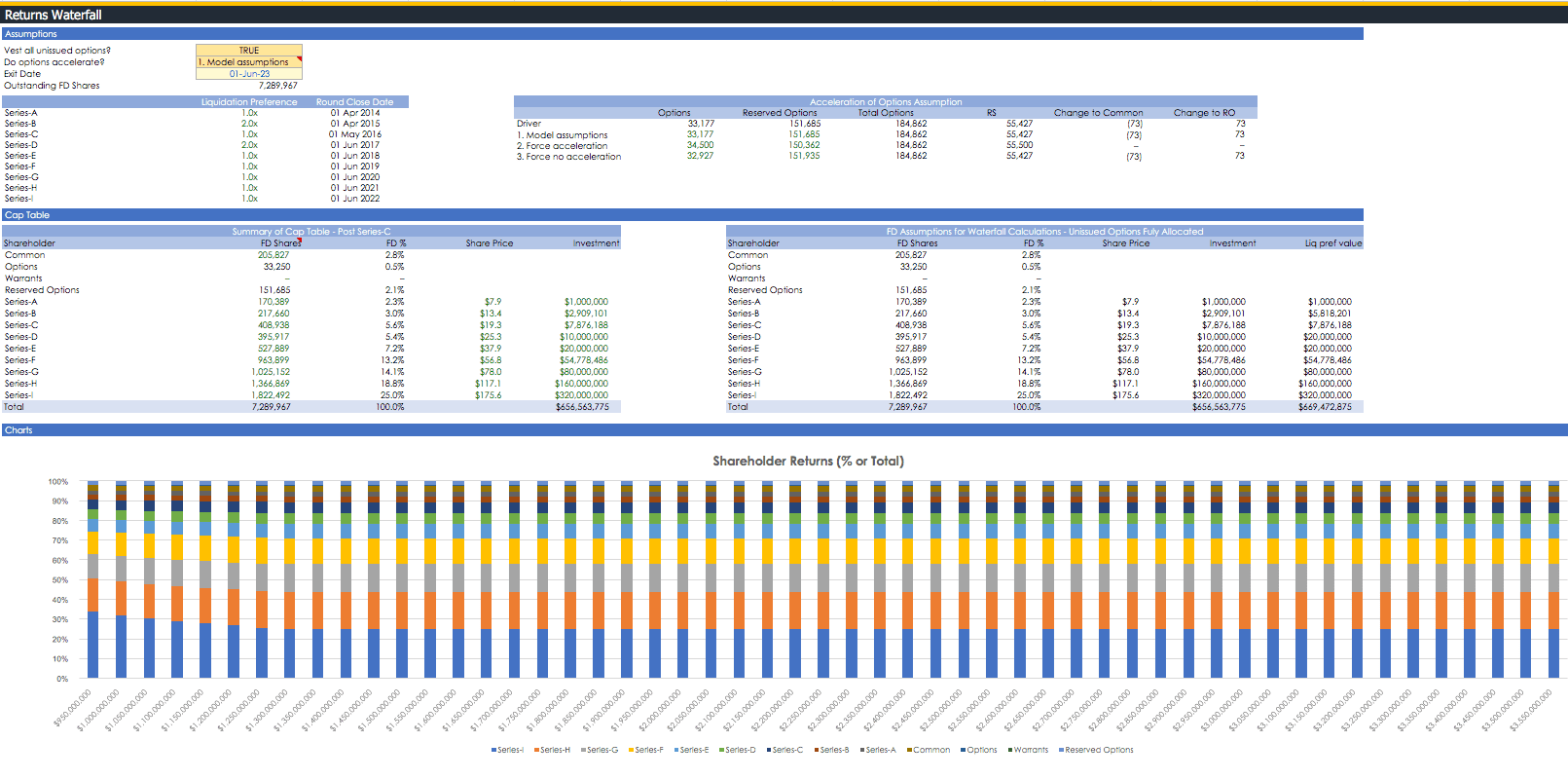

The amount is usually expressed as a multiple of the initial investment.

The most significant difference between common and preferred stock is the "preference." That is an amount of money paid to the investor in a liquidation before any other shareholders. The lead investor in each round will negotiate the exact nature of the preferred stock. In the absence of those incentives, investors almost always demand preferred stock. Certain countries, like the UK, provide substantial subsidies and tax benefits to seed investors who take common stock. However, in some cases, investors may ask for common stock instead. Once you start bringing in investors, they will likely want some additional protection. It has no liquidation preferences or special rights. It is created first and typically issued to the founders and employees through direct grants and incentive options. For this high-level overview of equity, I will just give you the highlights.Ĭommon stock is the most "vanilla" kind of share. The differences between common and preferred stock deserve their own episode. Another frequent use of reserved shares is for warrants. Without a reserved stock pool, the company might come up short if all the employees exercised their options. The most common type of reserved shares is your options pool. Reserved shares work like an escrow account, ensuring the shares are available when needed. These are authorized shares that have not been given to anyone but have been obligated in some way. The number of outstanding shares is the number of issued shares minus the treasury shares.

They consist of all the stock owned by anyone but the company. Company-owned stock is called "treasury shares," but they rarely come up with early-stage startups. Your company can even own issued shares if it bought back some of your stock. That could be the founders, employees, or investors. Issued shares are all the shares owned by someone. However, just because shares have been authorized does not mean they are owned by anyone or even exist.
#Cap table tool series#
When you need to authorize more shares or create new series of shares, you do so by amending the articles. This amount is written into the company's articles of incorporation. Understanding how and when shares are counted based on their status is critical.Īuthorized shares are the total number of shares the company is allowed to create. Shares in your company can exist in four different states. Typically, companies create a new series of stock for each priced round.Ĭommon stock is the only stock that exists when you first create your company.Īuthorized, Issued, Outstanding, and Reserved That describes the kind of stock being sold in that funding round. Most companies create several flavors of stock, called "series." You may see people talk about Series Seed or Series A rounds. The board and existing shareholders simply declare that more stock exists, so it does. That is not how things typically work in a startup.Ĭompanies create the stock they sell to investors from nothing. When you buy shares in the stock market, you usually purchase them from other owners. Each share of stock is one small slice of the whole company.


 0 kommentar(er)
0 kommentar(er)
